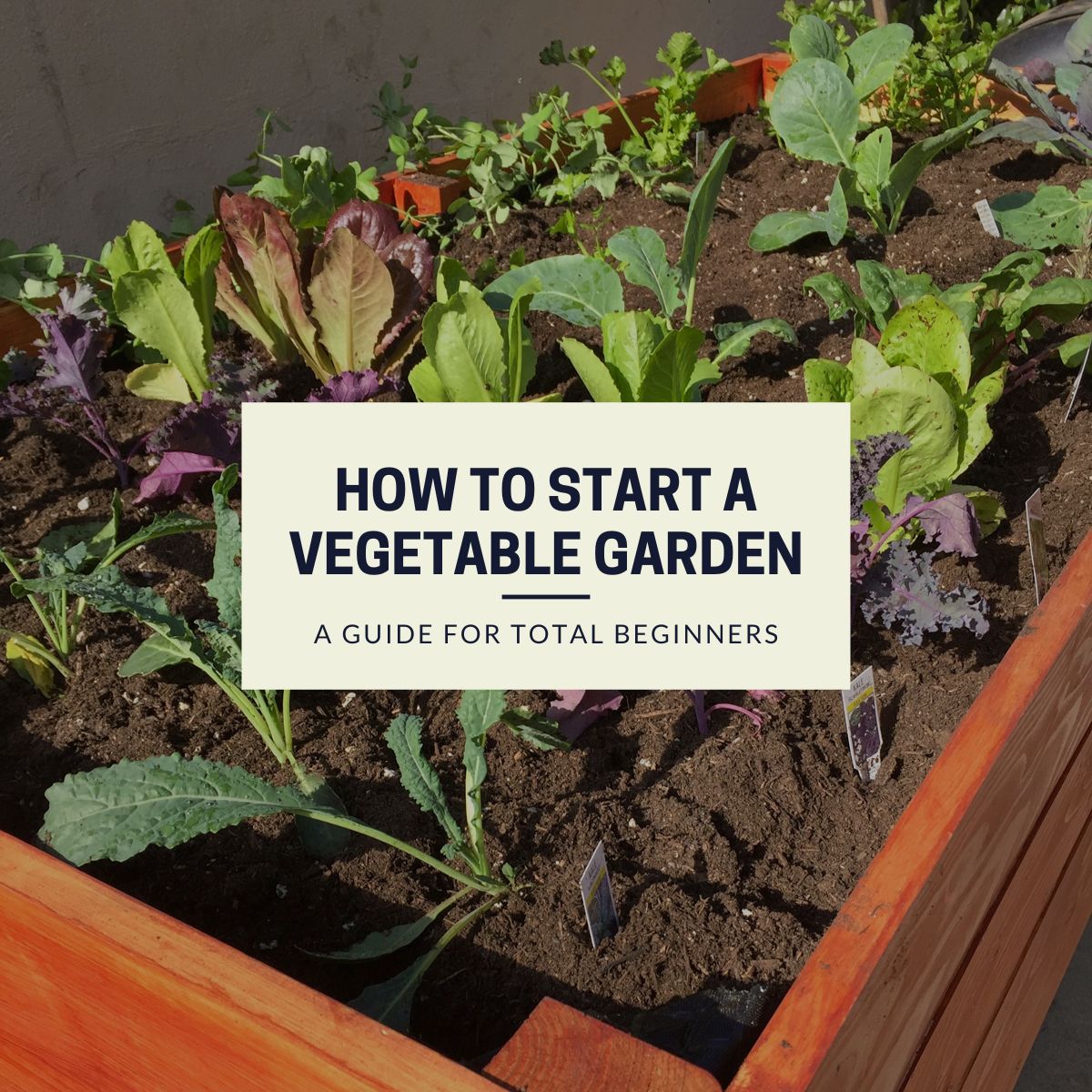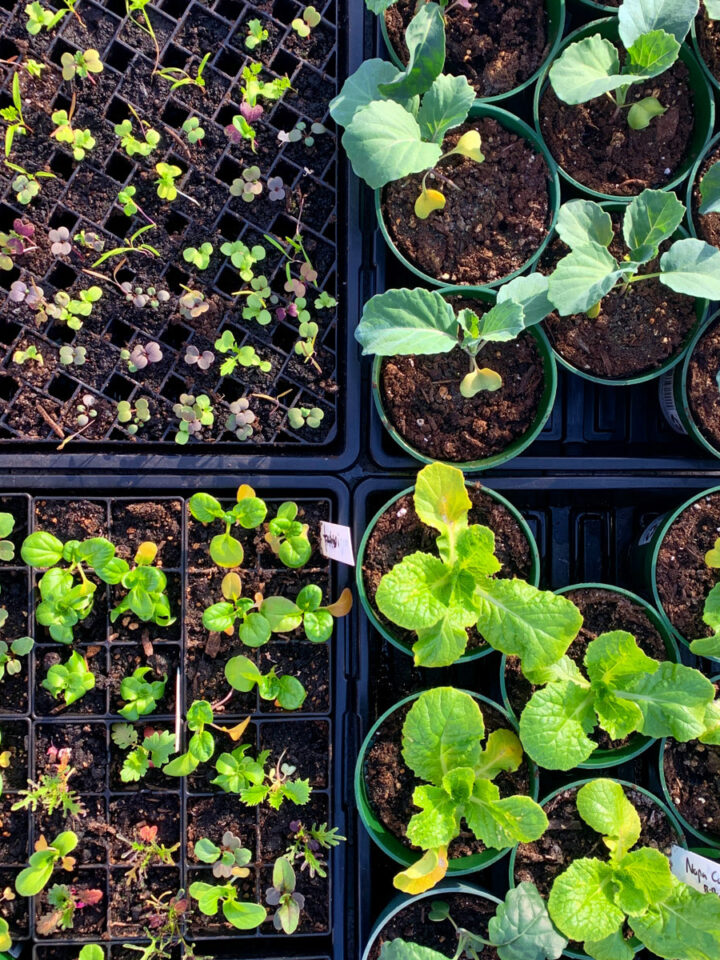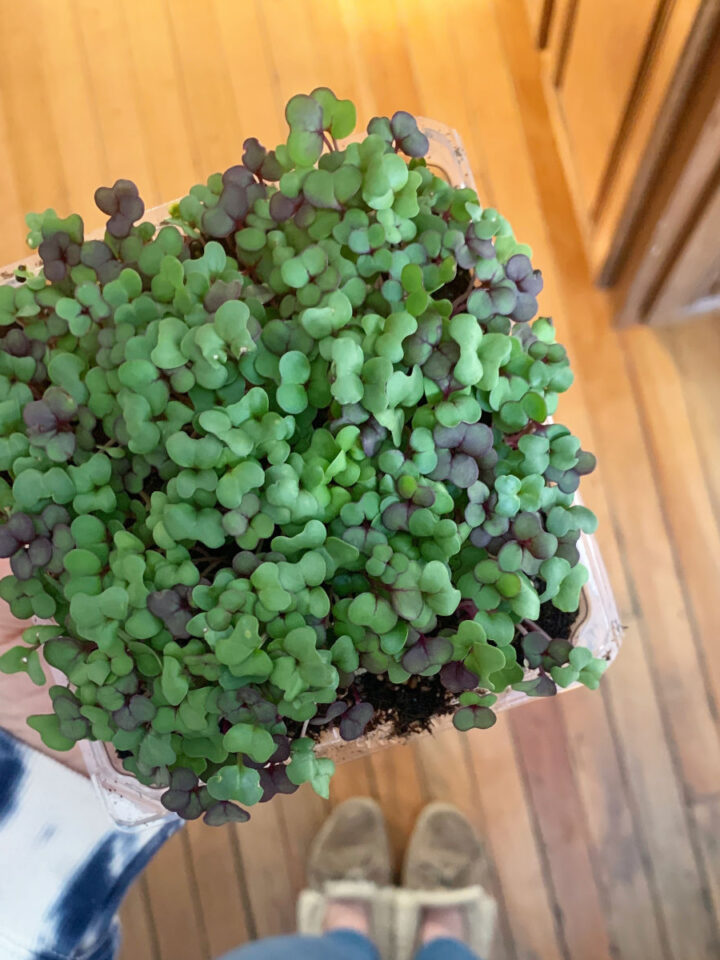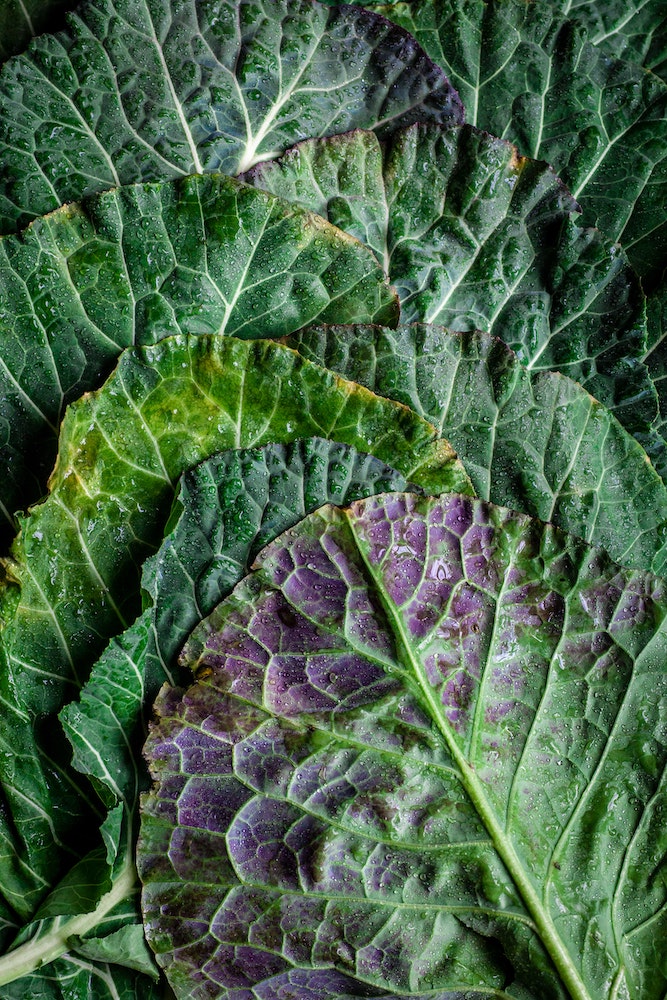When we moved from our tiny third floor walk-up apartment in Brooklyn to a cute little Santa Monica bungalow with some yard space, one of the first things I did was buy a used compost tumbler on Craigslist. For years, I'd been dreaming of the day when we could grow veggies at home and I was over the moon to finally have the opportunity to do so! I remember visiting our downstairs neighbors, who had the garden apartment, and looking to see what they were growing, mentally calculating the changes I'd make if we had that apartment instead! All the while, biding my time for year-long gardening in sunny Southern California.
So there I was, already adding food scraps and leaves to the compost tumbler but we had no garden beds. We dove headfirst into research, taking into account the area that we were working with. The only area that gets really good sunlight happens to be on the concrete portion of our patio (really, it's just a huge extension of the driveway -- there are three small homes on the rental property). So we knew we had to do raised beds, and settled on a 3'x6' bed to start with. Luckily, Kristian is a fantastic handyman and a quick learner, so he built them after finding a few references on Pinterest.
Also luckily, around this time I met a girl while out surfing one morning who happened to run an organic farm in the middle of Los Angeles. She invited me to tour the farm, and loaded me up with some kale and broccolini starter plants, and the rest we sourced from Merrihew's Sunset Gardens in Santa Monica. The first season, we grew:
- lacinato kale
- purple kale
- broccolini
- celery
- a variety of lettuces
- maybe some other plants that I didn't write down, but they didn't survive :/
Biggest lesson learned that first season (fall 2016 for reference)? SPACING, SPACING, SPACING. I crammed my little starter plants together because I didn't take the time to look up how much, if any, space plants needed. Biggest novice mistake, but a learning experience!

Tips for Total Beginner Gardeners
Honestly, just start! Growing vegetables can be as complicated as you want to make it -- soil testing, pH balancing, composting, drip irrigation, etc -- but at the end of the day, get some good soil, stick some seeds in the ground, and see what happens. I expect to be doing this for another 60 years and never knowing all there is to know about gardening. That said, here are some more practical tips that I've found really helpful for us as we've been learning. For more in depth, advanced tips from far more experienced gardeners than we are, I'd recommend this post from Backyard Boss and this post from You Should Grow!
Location
Aside from some plants that can get by with partial sun, a vegetable garden requires full sunlight in order to thrive. Leafy greens are shade tolerant, but any fruiting plants absolutely need lots of sunlight. Take note of where sunlight hits various spots of your yard and at what time of day, and keep a little record of this in a garden journal.
Know Your Zone
Based on where in the US you live, your location corresponds to a USDA hardiness zone. The USDA Hardiness Zone Map divides North America into 11 separate planting zones; each growing zone is 10°F warmer (or colder) in an average winter than the adjacent zone. If you see a hardiness zone in a gardening catalog or plant description, chances are it refers to this USDA map. We live in Santa Monica, CA and as such are smack dab in Zone 10b, meaning we live in a frost-free area.
Start Small
I'm writing this one because Kristian had to talk me off a ledge -- instead of the four 4'x4'x22" raised beds that we currently have, I told him that I wanted EIGHT! He smartly told me to hold my metaphorical horses, and that we should start smaller to make sure we didn't get in over our heads. Since we grow using the square foot gardening method, we're really able to maximize the yield of our small space, and I'm really glad we don't have eight beds...yet! Kristian is also really glad that he didn't have to build four additional beds, I bet.
High Quality Soil
There are lots of opinions on the perfect soil mixture and I initially was getting overwhelmed by so many recommendations, but we've found what works for us right now. Again, based on square foot gardening, we do ⅓ vermiculite, ⅓ peat moss, and ⅓ compost from lots of different sources. This might change in the future, but it's what we're rocking with currently and it's working out very well for us!
Grow What You Like
While looking for seeds in a seed catalog we got in the mail, I found myself eying eggplant seeds. They just look so gorgeous in a garden! But then I remembered that I really don't like, buy, or eat eggplant. I'm all for trying out new vegetables and fruits, but save that for down the road or maybe one new variety a season. Especially in a small space, dedicate that valuable garden real estate to fruits and veggies that you'll gobble right up no questions asked!
Start With Easy-to-Grow Vegetables
One zucchini plant can make even the most novice gardener feel like the king of the world! We purposely chose "easy" plants for our first couple seasons to build some confidence and get lots of veggies to eat. Lettuce, tomatoes, squash, and kale.
Compost
If you have space in your yard, I can't recommend composting enough. Aside from being a fascinating feat of biology, it's great for the planet! Food scraps in landfills generate methane when they break down, which is a greenhouse gas 23 times as potent as carbon dioxide in trapping heat within our atmosphere. Instead, save those scraps, add some brown dried up leaves, and watch is transform into black gold that you can then add back into your garden! Don't get overwhelmed -- I love this video from Growing Your Greens on how to easily compost.
Don't Water Too Much
A little counterintuitive, because plants need water to grow. But too much of a good thing becomes a bad thing, as we learned last season. Young plants with shallow root systems need to be watered more regularly, while established plants with strong root systems can get by with deeper, less frequent waterings. Morning is a great time to water plants so they have an opportunity to uptake moisture into their leaves through the heat of the day. A good rule of thumb is to check the soil moisture at 2 inches below the soil surface. If it is dry, time to water!
Don't Get Discouraged
Vegetable gardening is a good exercise in patience and acceptance. There is so much to learn and so many variables that come into play as a beginning gardener. Anyone you see growing giant baskets full of vegetables at one point had to learn just like you (and we!!) are. This is where keeping a garden journal comes in so handy! Write down bug infestations, diseased plants, critters eating your veggies, sun, wind, rain, fertilizer, dates sprouted...no note is too small, and you'll learn from everything that you do. Growing veggies is fun! It's not a contest or a place to be a perfectionist. 🙂
Other beginner vegetable gardening tips surely exist, but honestly, the fewer tips the better I think. Once you get a little confidence, you can mess around with compost tea, foliar feeding, companion planting, and all that fun stuff. I'll be walking you through our adventures of learning the edible gardening ropes, so stick around if you want to learn with some fellow newbies!





Sonia Lynch says
So inspiring and we want to move away from AZ desert so we can really grow veggies….az desert is hard on a garden! This summer went for 5 months! A few years back I tried some container gardening and was disappointed with the results …..for only a few tiny tomatoes.
Amy Bauer says
It can be tricky, especially with containers in hot weather because they can dry out QUICKLY. that's how I started gardening in Southern California — all containers. I still have major fails, but I swear those are the best learnings!